Waqra Pukará: Peru's mysterious "horned fortress"
With January 2024 seeing the start of even bigger crowds at Machu Picchu, savvy travellers may be wise to head to the stunning edifice that barely anyone has heard of: Waqra Pukará.
Our first visit to Machu Picchu in November 2020 was hard to top. The weather was atmospherically foggy, with occasional sunbeams breaking through the morning mist and dappling the ruins with dramatic lighting. Llamas and alpacas milled about, chewing grass and posing majestically. A lone vizcacha (think of a large squirrel, but with oversized rabbit-like ears) scrambled along some rocks on the periphery of the site. The Andean air was cool and invigorating, BBC reports.
The best part? Most of the photos from our visit are completely devoid of other tourists.
However, this was an anomaly. We got stuck in Peru during the pandemic, waited patiently in the Sacred Valley for 10 months, and then during the initial local reopening, went to check out the iconic archaeological site.
Obviously, this was an experience we blindly lucked into, and one that few people (Peruvians or otherwise) will ever get. On a typical day, more than 4,000 tourists are allowed into the site. The experience can feel rushed, photos are often obscured by the hordes and comparisons to the jostling crowds of Disney World are inevitable.
And that experience is about to get significantly more crowded, as starting from 1 January 2024, Peru's tourism ministry has increased the number of daily allowed tourists at Machu Picchu to 4,500 – and that limit could reach as high 5,600 on specific, high-traffic days.
These changes will almost certainly negatively impact the integrity of the site, but as Peru's financial and political troubles continue, the government is seeking to grow the revenue from its largest tourist draw. From a purely economic viewpoint, it's understandable; the nation's tourism board estimates it received 2.2 million tourists in 2023, a significant drop from the pre-Covid 4.6 million of 2019.
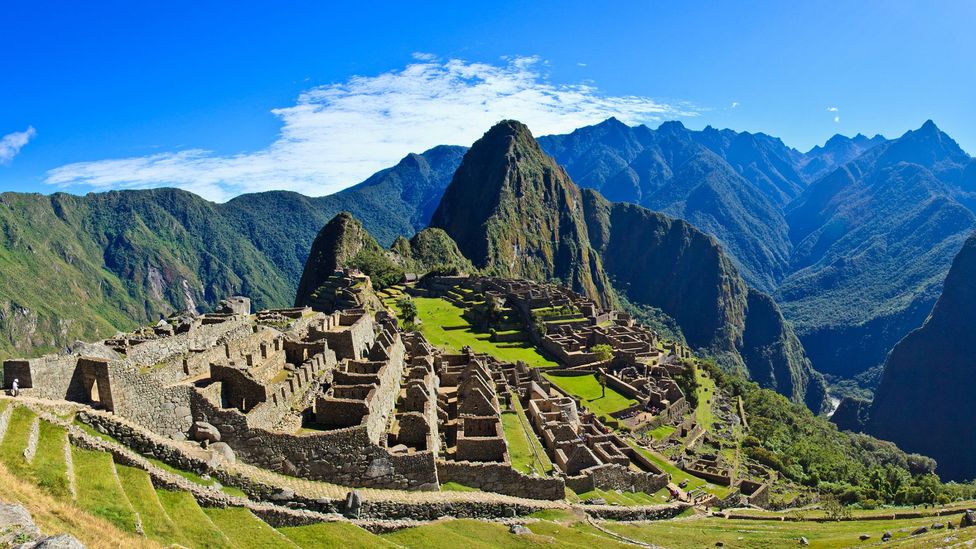
It's often said that if you only see one site in South America, it should be Machu Picchu. But in a country absolutely littered with mysterious archaeological sites, savvy travellers to Peru may be wise to explore elsewhere this year. Which is why we suggest the most stunning edifice that barely anyone has heard of: Waqra Pukará.
"That thing's in Peru? It looks more like something out of Tolkien," said a friend swiping through our photos of the site, its prominent twin peaks looming up above the Apurimac Canyon like an orc's watchtower surveying the land of Mordor.
Located roughly 130km south-east of Machu Picchu, within the greater Cusco Region and along the Apurimac River, the "fortress" (Waqra Pukará translates to "horned fortress" in Quechua) sits at a stunning 4,100m – roughly 1,700m higher than Machu Picchu – making the views from the top far grander than anything South America's World Wonder can offer.
And while it's only about 60km from the Inca capital and tourist hub of Cusco, Waqra Pukará is so far off the well-beaten tourist path that until recently, even the locals didn't know much about it.
Sara Román, a business owner in Cusco, grew up in the 1980s and '90s in Sangarará, the closest village to the Aqokunka trailhead, from where it's a two- to four-hour hike to the fortress.
"In secondary school we had a class called "History of Peru", and it covered all the cultures of Peru: Nazca, Moche, Chavín, Inca and others. The teacher mentioned that there was an archaeological site nearby called Waqra Pukará but that was it," said Román. "We didn't learn anything about the importance or history of the site… I was always curious, but didn't have an opportunity to go."
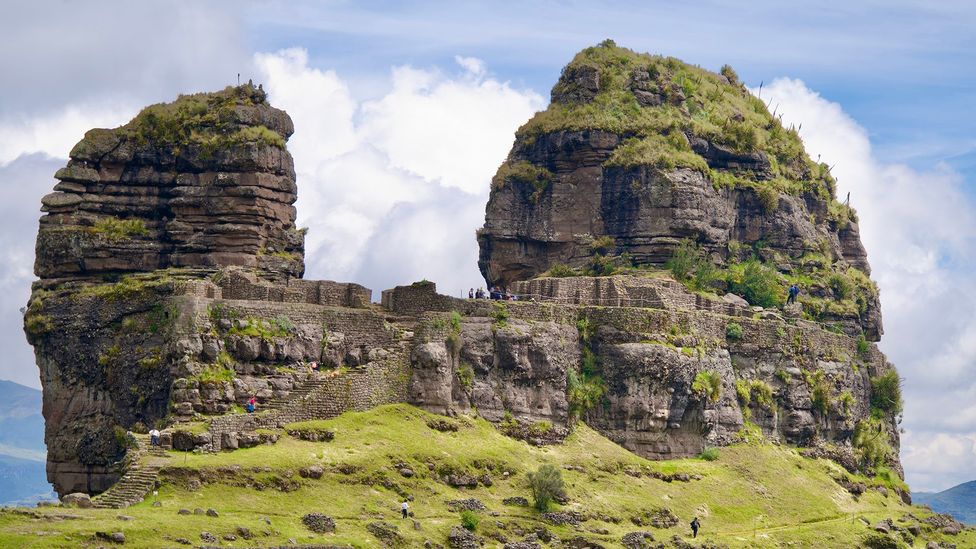
To have a place so close and for it to be barely mentioned in school led Román to think there must not be anything special to see. Tourism in the region is fairly new; international travellers only started going there within the last decade. For her family and her community, hiking in the mountains was work, not pleasure – nobody went to the mountains to relax, or to learn about the Inca.
"I went to Santa Lucia (a village 5km south of the site) once, when I was a child, with my aunt and her donkeys to trade onions, sugar and coca leaves… for potatoes and corn. Now Santa Lucia has a road, but before they didn't have anything. It took at least eight hours to walk there but we didn't go to the archaeological site," Román lamented. "Just last year I went to Waqra Pukará for the first time and I loved it, especially the landscape, the panorama."
Like so many other pre-Columbian sites in Peru, very little is known about the site itself. While Waqra Pukará has obvious Inca architectural flourishes and modifications (they eventually assumed control of the fortress), some believe the original site was built by the Canchis, a war-like people who thrived before the Inca rose to power. But according to archaeologist Oscar Montúfar, a graduate of Universidad Nacional de San Antonio Abad del Cusco, there are clues that its origins go even farther back.
"They have found Canchis ceramics from around the year 800 CE," said Montufar. "[But] new studies that have been done around Waqra Pukará, and especially near the town of Pomacanchi, have shown a very strong Wari presence. There is archaeological evidence of the Pukará culture, which is the oldest, then the Tiawanaku, the Wari, the Canchis and then the Inca. The structures that we see now are from the Inca period."
When the Inca came to Waqra Pukará, they designated it a sacred place, but it was used for ceremonies and pilgrimages with pre-Inca cultures as well
He believes that Waqra Pukará was not residential or military, noting that terraces below it were used for ceremonial plants, likely for offerings made at the site – and that the scale would not have supported a large, year-round population (the site itself is only about 12 acres). "When the Inca came to Waqra Pukará, they designated it a sacred place, but it was used for ceremonies and pilgrimages with pre-Inca cultures as well," Montufar explained.
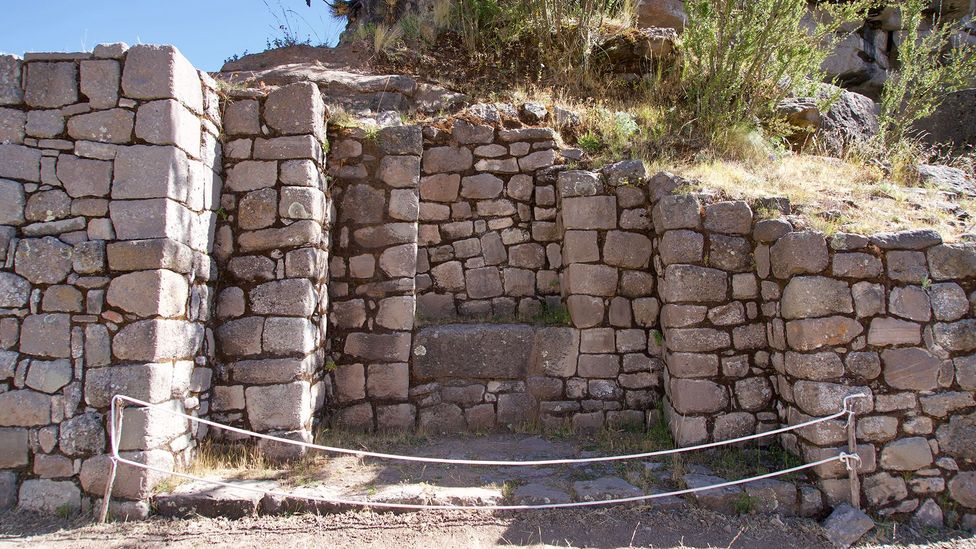
Further signs of its spiritual significance lie in a detail of the door frames, which feature triple jambs. Most Inca doors have the same trapezoidal shape, but only the most venerated places feature these three recessed frames-within-frames.
"This is only seen in a very few places that were very important. Even Cusco, Pisac, Ollantaytambo and Machu Picchu don't have triple door jambs," said Montufar. "It is only found in older, ancestral places like Maukallaq'ta, Isla del Sol [both rumored to be the legendary "birthplace" of the Inca] and Isla de la Luna [where Viracocha, the creator deity of the Inca, raised the Moon into the sky] on Lake Titicaca. It was used as a place for special rituals."
And like so many sacred places in Peru, Waqra Pukará is linked to the Qhapaq Ñan, or Inca Trail, a system of roads that connected the Inca Empire throughout Peru and extended as far north as Colombia and south to Argentina.
"Waqra Pukara is not alone, it has several related archaeological sites nearby. There are cemeteries, a system of roads that connect to the Qhapaq Ñan, and petroglyphs. It's a very large network. The location grants territorial control of the whole area," Montúfar said. "Another interesting aspect of Waqra Pukara is how the walls and terraces conform to the natural curves of the topography. That's what makes it such a beautiful sight. The terraces strengthen the existing topography to prevent erosion and landslides. They stabilise the wide flat platforms that were built on the site."
The most distinctive aspect of the site, however, is its "horns", the twin rock formations that rise above it and make it instantly recognisable. Despite its name, Montufar says they aren't horns at all – but likelier the ears of the llama, sightings of which are practically unavoidable during the trek up from Aqokunka trailhead. Unlike the animals at Machu Picchu, these aren't brought in for tourists; these higher elevations (around 3,500 to 5,00m) are the animal's natural habitat.
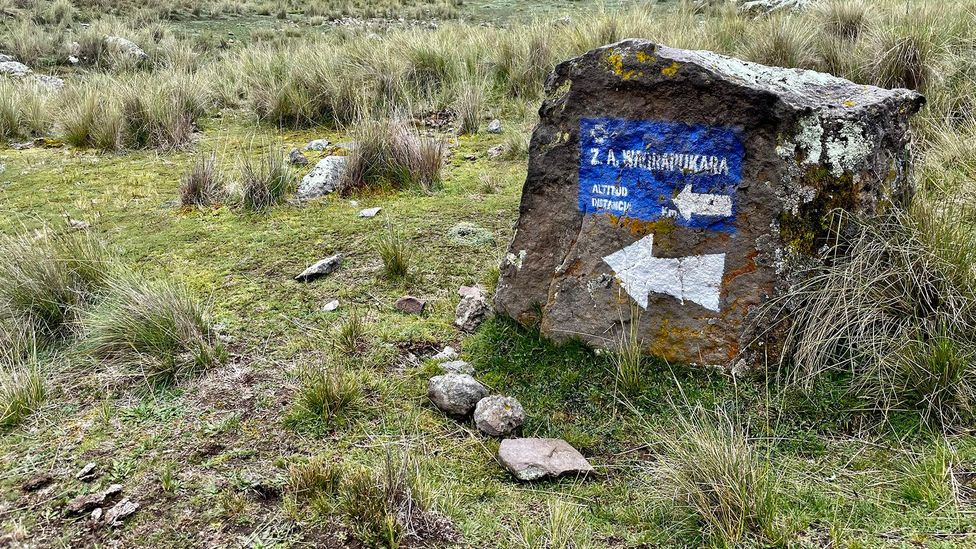
Visiting the site is an unforgettable experience. It's a 10k trek roundtrip from the trailhead and back, and while the path is fairly intuitive, you likely won't see any other hikers, so a guide is recommended.
Along the way you'll see herds of llamas, Inca terraces, caves with petroglyphs and, depending on the season, fields of wildflowers. It's a rocky, untouched landscape with a raw beauty.
"The Apurimac Canyon is super beautiful, and the trail from Aqokunka trailhead is really easy ... Once you've got to the archaeological site, you've done all the hard parts," said Cass Madden, an avid hiker who's lived in Cusco for six years. However, she noted that the altitude can make things seem much more difficult, so spending some time acclimating nearby in Sangarará, chewing coca leaves or drinking coca tea, is something she strongly advises.
The most breath-taking moment is rounding a bend and seeing the "horns" suddenly loom up in front of you. Once you're inside, it looks and feels more like an Inca site, but from afar, the twin rock outcroppings look primal, almost Neolithic – and unlike anything else you'll see in Peru.
Within, you'll find multiple enclosures, a window perfect for photo ops, a niche were the Inca may have placed a venerated mummy, and a stone, table-like altar where llamas – and who knows what else – would have been sacrificed.
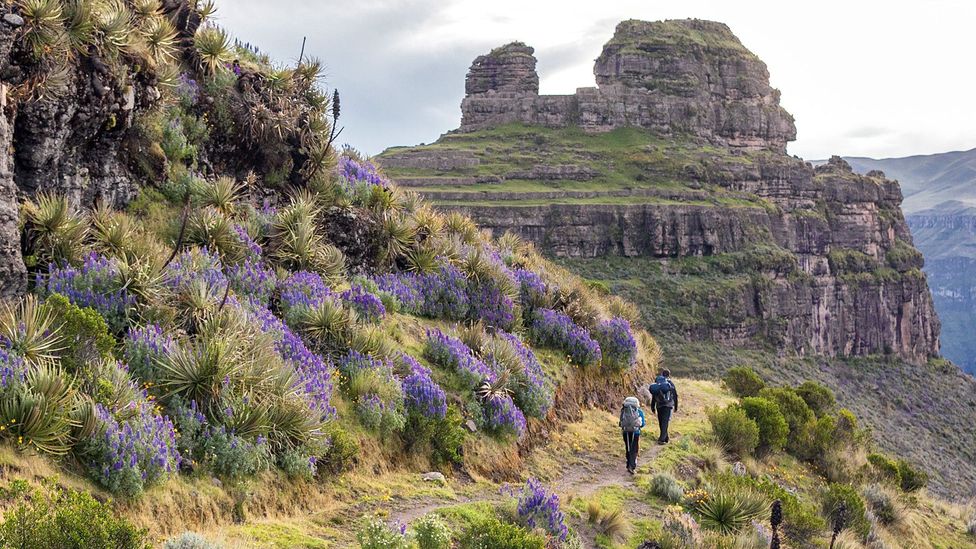
And Waqra Pukará is a fantastic opportunity to pitch a tent and camp. People pay large sums of money to wake up at 04:00 and hike to see the morning glow on Machu Picchu – but at Waqra Pukará, you can see the sunrise from your tent, for free. Though the campsite isn't very developed, there are rustic bathrooms and clean water.
"Both the sunset and the sunrise are stunning… and there's no one there!" said Madden. "It's pretty special to be able to sleep right next to Waqra Pukará."
As studies of the site continue, Montúfar is hopeful more will be learned about Waqra Pukará. Machu Picchu holds its own mysteries, but almost everyone agrees it's of Inca construction and from the 1400s. Waqra Pukará's exact purpose, age and original inhabitants, however, are still to be determined. For those seeking the mystical atmosphere of Machu Picchu but with a fraction of the crowds, Peru's horned fortress awaits.








